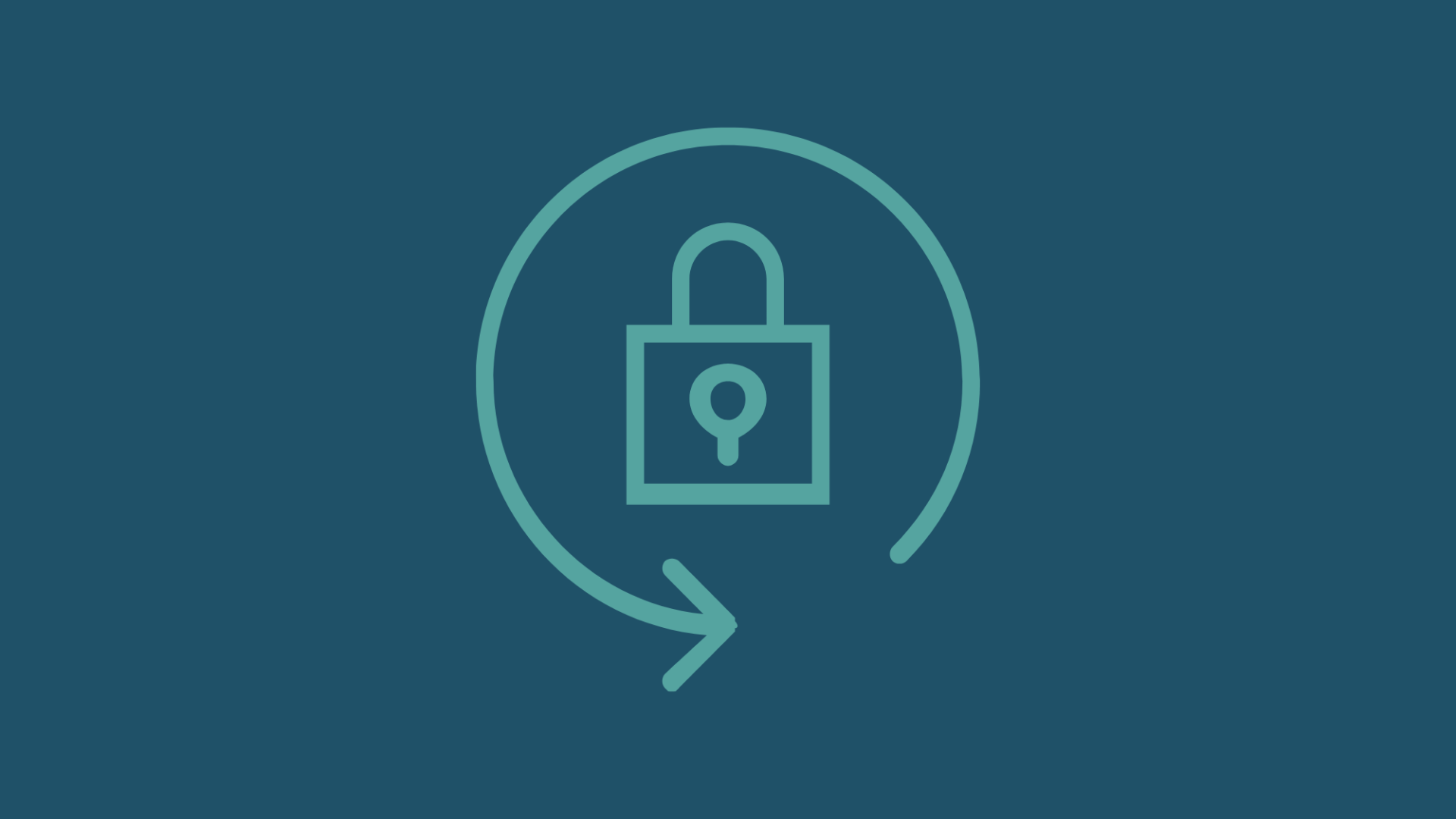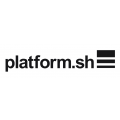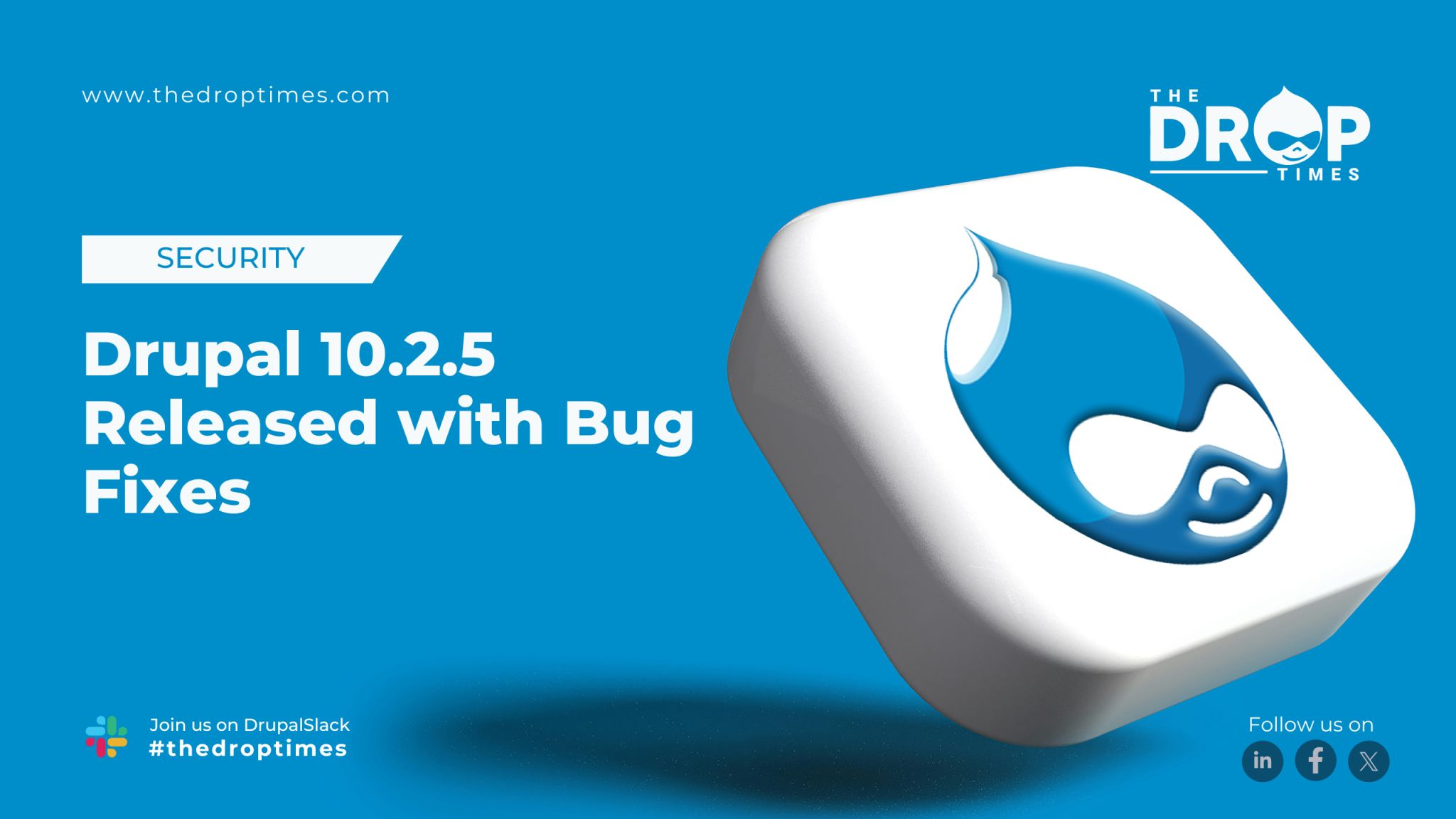Comprehensive Data Protection for Financial Services Websites by Symetris
Amidst the digital world fraught with cyber threats, financial services companies find themselves at the forefront of a relentless battle to safeguard their customers' sensitive information. Website security has become nothing short of imperative in an era where data breaches regularly make headlines. But what exactly does website security entail, and why is it so vital for financial institutions? The questions are answered in detail in the recent blog post of Symetris, "Protect Your Customers' Data: Website Security for Financial Services."
The article delves into the paramount role of website security within financial services websites, offering practical steps to reinforce protective measures for sensitive customer data. The journey commences with the selection of secure web hosting services, like Acquia, Pantheon, or Platform.sh, renowned for its robust security features, including firewalls and encrypted data storage, effectively safeguarding against unauthorized access. A striking statistic from Verizon's study underscores this point, revealing that 43% of data breaches stem from vulnerabilities at the hosting or service provider level, a number that has doubled since 2019.
Furthermore, the significance of staying current with software updates cannot be overstated. Cybercriminals continuously innovate, exploiting known software vulnerabilities. By regularly updating the website's software components, including the content management system (CMS) and plugins, financial institutions can stay ahead of potential threats. Shockingly, in 2020, 75% of attacks relied on vulnerabilities at least two years old, highlighting the critical need for timely updates. The blog discusses Drupal, WordPress, and Joomla to be secure CMSs.
Another crucial aspect of website security is user authentication. Verifying user identities serves as an additional layer of protection. Financial service providers can implement two-factor authentication, requiring users to provide both a password and a secondary code, often sent via text message, before accessing their accounts.
Mitigating common cyber threats, such as cross-site scripting (XSS) and SQL injection attacks, is equally vital. These attacks can expose sensitive information or manipulate databases, posing severe risks. Finally, proactive customer education plays a pivotal role. Empowering customers with knowledge of strong password choices, recognizing phishing signs, and securing personal information online creates a safer digital environment for all.
Fortify your financial website from threats by knowing web security in depth here.
Disclaimer: The opinions expressed in this story do not necessarily represent that of TheDropTimes. We regularly share third-party blog posts that feature Drupal in good faith. TDT recommends Reader's discretion while consuming such content, as the veracity/authenticity of the story depends on the blogger and their motives.
Note: The vision of this web portal is to help promote news and stories around the Drupal community and promote and celebrate the people and organizations in the community. We strive to create and distribute our content based on these content policy. If you see any omission/variation on this please let us know in the comments below and we will try to address the issue as best we can.


























